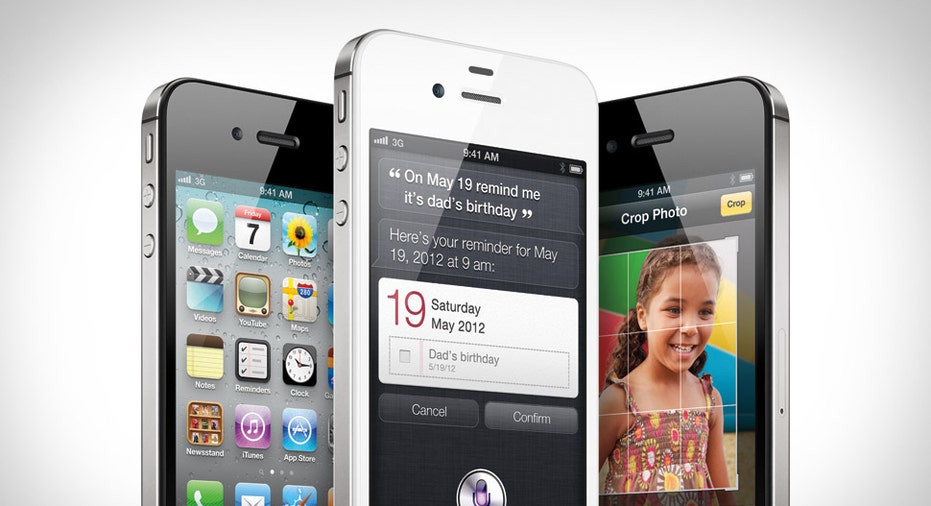Should You Buy Insurance for Your Smartphone?

It may be hard to imagine life without your smartphone, but the two of you could easily become separated. The mobile security company Lookout expected Americans would lose more than $30 billion worth of phones during 2012. In New York and San Francisco, police say more than 40 percent of all robberies now involve cellphones.
If your smartphone is lost or stolen, a brand-new Apple iPhone 5 could cost you as much as $900 without the subsidy that comes with a carrier contract. It's enough to make you want to put your smartphone under lock and key -- or take out an insurance policy.
A few years back, smartphone insurance may not have seemed worthwhile, but today it's "just plain smart," says Liran Hirschkorn, an independent insurance broker in New York City.
"With the cost of insuring a phone at about $8 to $12 per month, it's well worth it if you lose your phone to have coverage," Hirschkorn says.
But Consumer Reports doesn't think so. Last May, it included cellphone insurance as one of the "insurance policies you don't need." The policies come with lots of fine print, plus your phone may be too old or otherwise not valuable enough to insure.
Doesn't my other insurance cover this?
In theory, your smartphone may already be covered under your homeowners insurance or renters policy. But in reality, it probably doesn't make financial sense to file a claim for a phone, says Hirschkorn, because deductibles on those policies -- what you have to pay out of pocket before the insurance kicks in -- are typically $500 to $1,000. And that's at the low end.
If you claim a lost or stolen phone under a renters or homeowners policy, you won't net very much, and your premiums could end up increasing as a result.
How does smartphone insurance work?
In many ways, the special smartphone insurance, similar to policies that cover computers and other expensive electronic gear, works like most other types of insurance. The policies cover loss, theft and damage.
Technology insurer Asurion offers mobile phone coverage through partnerships with the major wireless carriers. Monthly premiums start at about $7 and go up to around $12, says Asurion spokeswoman Bettie Colombo. The premium reflects the cost of the phone, she says, so iPhones and other more expensive models bring the higher premiums.
As with other kinds of insurance, there are deductibles and coverage limits. The deductibles range from as much as $199 with Asurion to as much as $125 at competing smartphone insurer Protect Your Bubble and $50 at Safeware, another rival. Common coverage limits are $1,500 per claim and a maximum of two claims within a 12-month period.
Protect Your Bubble may ask that a claim be accompanied by a police report, to make sure that the policy wasn't purchased after the loss. The company also insists on some waiting time before the policy takes effect.
"The device needs to be less than 12 months old, and there is a 14-day waiting period on making a claim," says Stephen Ebbett, president of Protect Your Bubble.
What happens when you make a claim?
Typically, consumers with smartphone insurance can expect a replacement phone shipped to them overnight, to arrive the following business day. Speed is an important part of this type of coverage, says Colombo, because "you need your phone back fast to reconnect with friends, family and professional contacts."
"When Asurion no longer has inventory of a specific phone model, we work with our wireless partners to identify phone models that are equal to, or superior, in features, functionality, operating system, etc.," she adds.
Other smartphone insurers may handle the availability issue differently. For example, if Protect Your Bubble can't get you an exact replacement for your phone, it will send a check for the value, minus the deductible, Ebbett says.
Is the coverage right for you?
In a lot of ways, the question of whether or not to spring for smartphone coverage is a personal one.
"I've found insurance for my smartphone to be a very helpful purchase," says Wendi McAden, a public relations professional in West Hollywood, Calif. "Through clumsiness and absentmindedness, I've left myself victim to stolen phones, phones dropped in toilets, and phones I just couldn't remember where I'd left them."
For McAden, the $9.99 a month she pays to insure her iPhone is really about peace of mind because she knows that losing or breaking her phone won't take a chunk out of her wallet. But, she says, smartphone insurance may not be for everyone.
"For those who may be more responsible, it may not be necessary," she says.
In other words, consumers should weigh the downside risk (the retail price for a replacement) against their propensity to lose or break their phone. Consumer Reports, in questioning the value of cellphone insurance, noted that a 2009 survey by the magazine found that few readers who bought new phones did so to replace phones that were lost, stolen or broken.
When a phone is older or has fewer bells and whistles, do some math to determine whether the device is worth insuring. A deductible coupled with smartphone insurance premiums might easily have you paying too much to replace an outdated phone that's lost, stolen or broken.
Copyright 2013, Bankrate Inc.